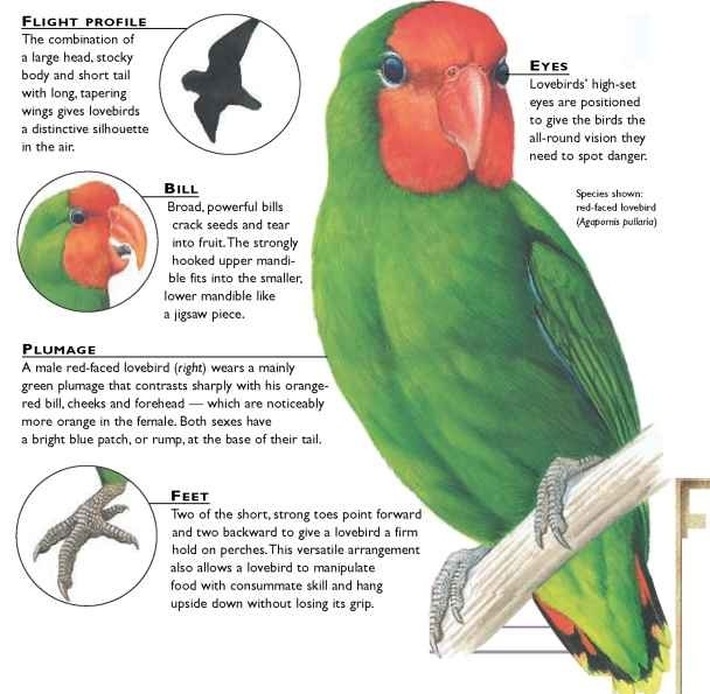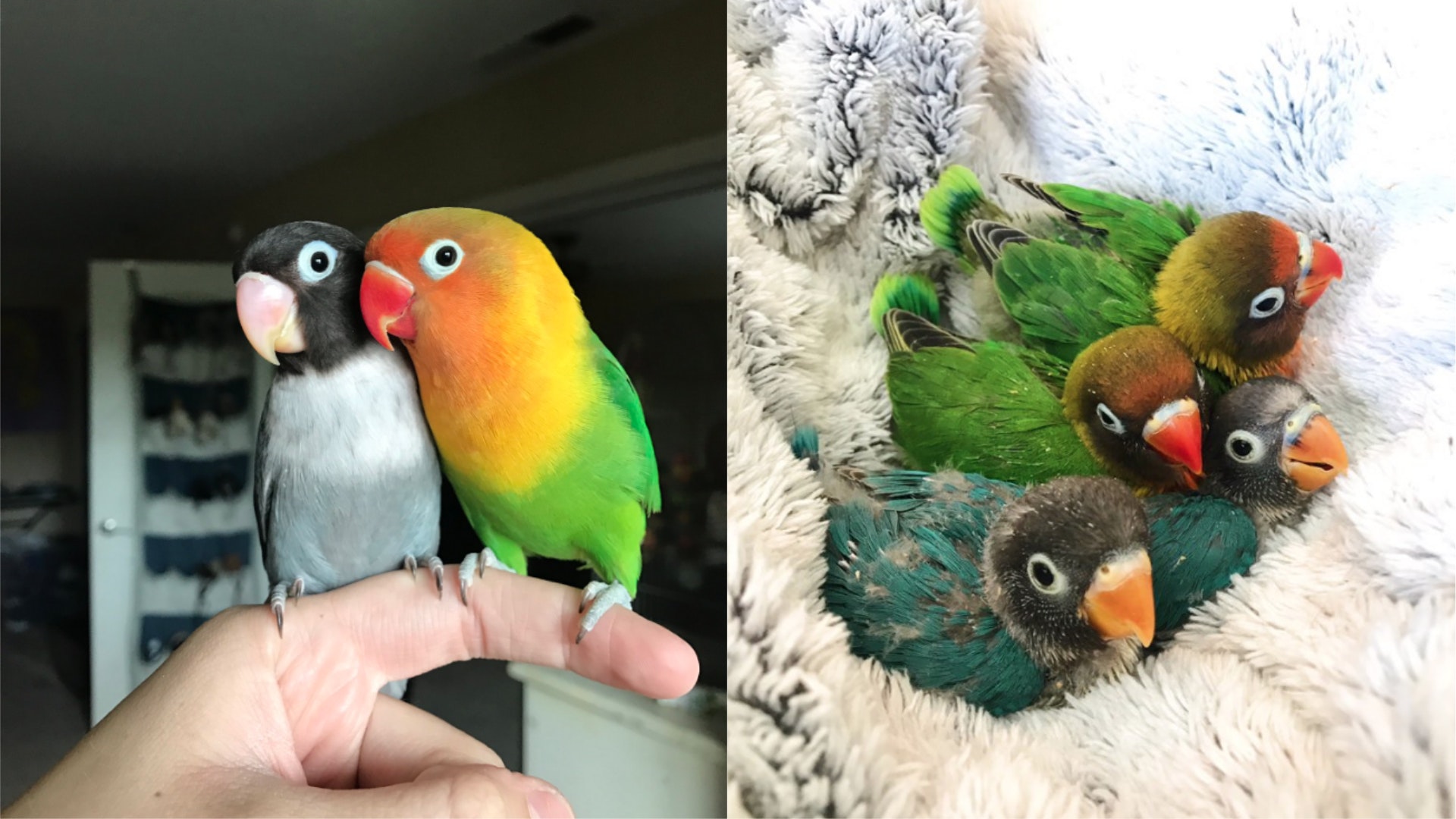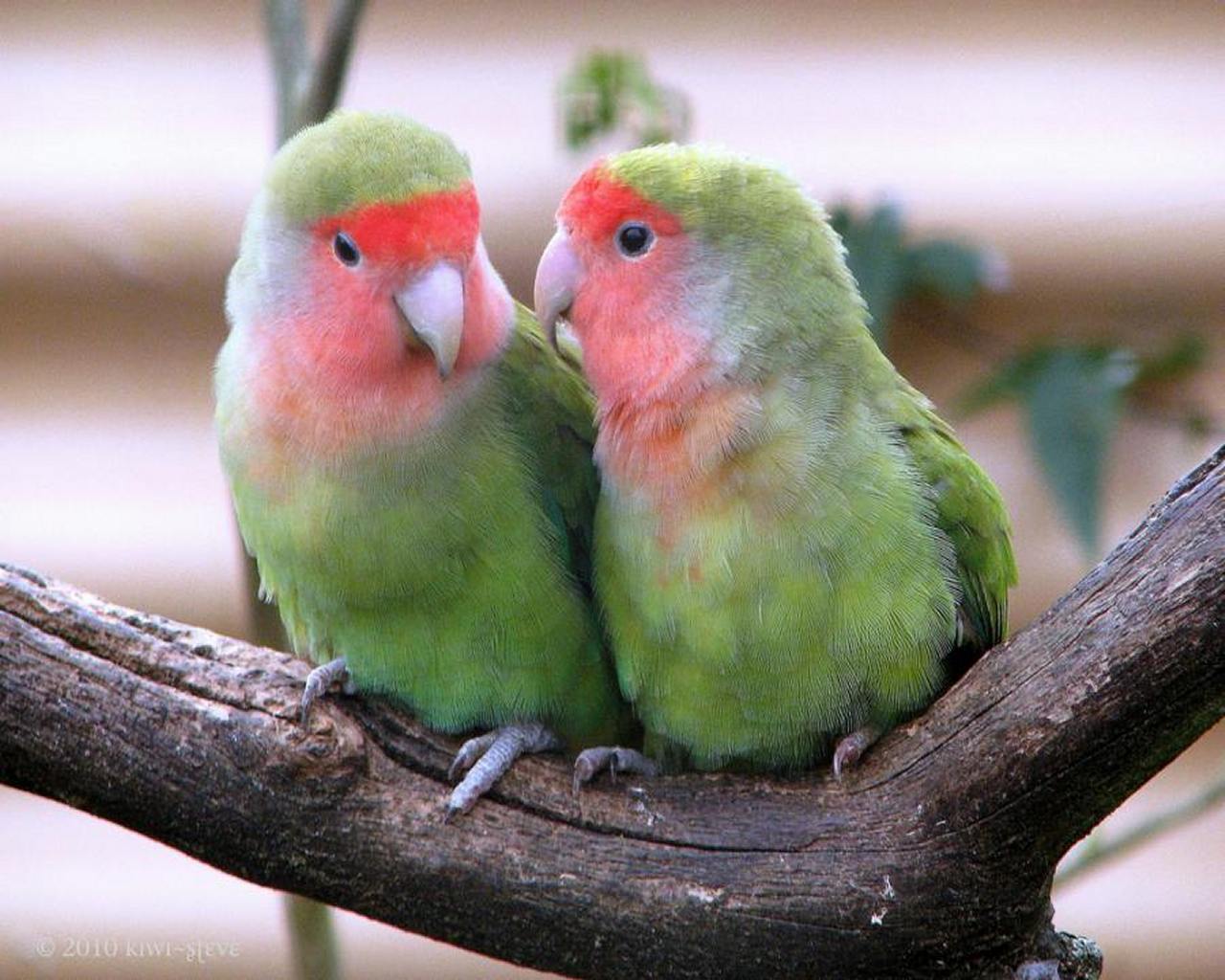Marvelous Info About How To Look After Lovebirds
It’s also crucial to choose a healthy lovebird.
How to look after lovebirds. In this video we talk about lovebird diet, perches, toys, care requirements, cleaning routine, health, common illnesses, speech, intelligence, personality traits, reproduction, lifespan,. Try to do this 3 times a day (breakfast, lunch, and dinner). Unlike last year’s sag awards, which were broadcast live on the netflix youtube channel, you’ll need a subscription to watch the ceremony this year.
Cage lovebirds are animated, frisky little birds, who need a lot of space. Place the cage on a stand or. A minimum of 32” x 20” x 20” (81 x 50 x 50 cm) per pair of birds is recommended with about four perches, feed and water dishes and an area for a bath.
Coping with the loss of a mate can be a difficult and painful process for lovebirds. The best areas to look for wild lovebirds include parks or other open spaces with trees nearby; Even if the new birds are also.
They also need a healthy diet consisting of fresh fruits, vegetables, seeds, and pellets. Here are five essential tips to help you care for your feathered friends: Here are some things to look out for when buying a lovebird:
It requires understanding the impact of loneliness on physical and mental. Now that we know how much of their everyday food. This full care guide will show you how to look after a lovebird in 3 easy stairs fast facts:
Written by md atiqul hakim in birding last updated june 11, 2023 🐥 to care for lovebird eggs from start to hatch, maintain consistent temperature and humidity. The care of newborn lovebirds is covered in detail in this thorough guide, which offers helpful hints on topics like as diet, housing requirements, and how to make the. Wait for the eggs to hatch image credit:
They prefer these habitats because they provide shelter from predators while still. A healthy lovebird should have bright. We’re talking a ring that screams.
Like long bequeath my lovebird live? Lovebirds require a large cage with plenty of toys and perches to keep them entertained. Not only do they need to withstand weather and temperature changes of the savannah, but they also need to look out for natural predators, and survive when food.
















